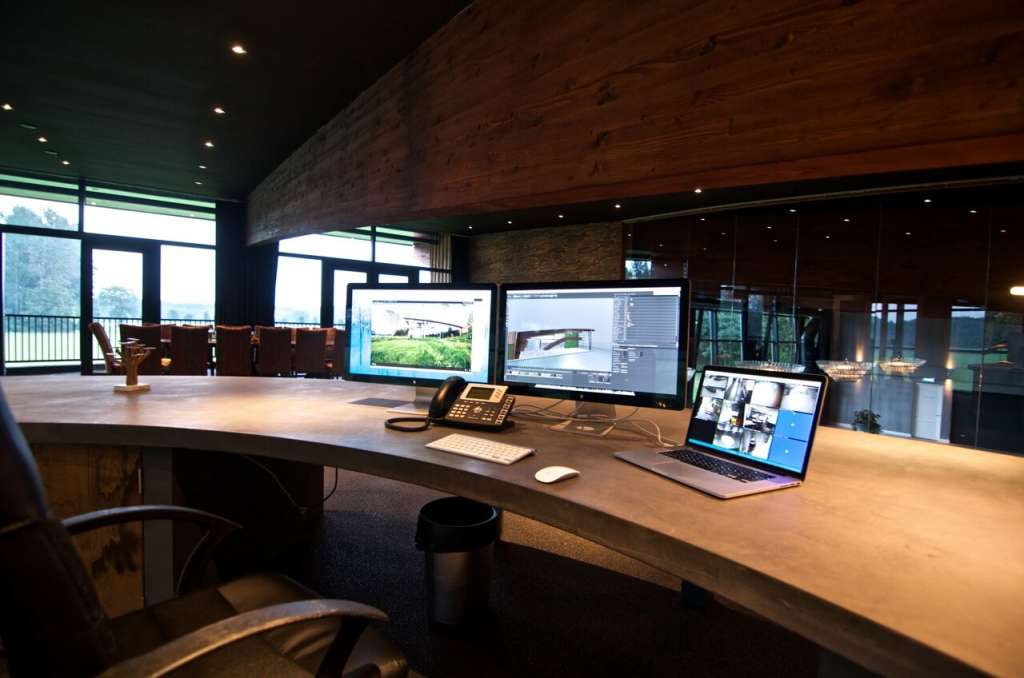One of the most challenging — but also most exciting — things about working in IT is the pace of change. As soon as IT managers roll out a new initiative, it seems, the ground shifts underneath them. Perhaps more than any other area of IT, end-user computing has exemplified this reality in recent years, with every launch of a new consumer device resetting users’ expectations and changing the way they prefer to work.
To support users in 2019, IT decision makers should consider emerging trends in the following areas.
1. Automation Simplifies Complex IT Processes
Organizations often underestimate the amount of time and effort it takes to simply procure, configure and deploy end user devices. Advanced asset management portals simplify these processes by automatically notifying users when they’re due for a new phone or computer, seeking out management approval and arranging the delivery and configuration of devices.
Organizations can even partially automate end user support by using digital workspace monitoring tools. These solutions automatically generate help desk tickets when they sense performance issues, enabling IT staff to fix minor problems before they turn into a crisis.
2. Measurement and Analysis of Device Performance
Most organizations have some version of what I call the “Island of Misfit Toys” — a storage room full of devices that went unused after the company either purchased too much technology or tried to roll out devices that weren’t a good fit. Digital workspace analytics platforms can help IT shops see exactly how employees are using their devices (including how much storage, memory and computing resources they’re utilizing), helping to optimize future device refreshes.
3. Integration Smooths the Way for Collaboration
Many companies have been quick to adopt cloud collaboration suites that provide users with seamless file sharing, chat, email and other capabilities. But often, voice and videoconferencing solutions remain clunky and complicated. Organizations have an opportunity to improve the user experience by better integrating technologies into their conference rooms. For example, by tying conferencing systems together with proximity technologies and scheduling software, companies can help users bypass cumbersome set-up processes and get down to business more quickly.
4. Businesses Enable Work Anywhere, at Any Time
In recent years, most knowledge workers have longed for the ability to work from anywhere, at any time, on any device. But now, that desire has transformed into a demand. Choice is king in 2019, and many users who have options likely won’t work for an organization that doesn’t offer device and geographic flexibility.
Historically, the chief inhibitor to anytime, anyplace work has been the ability to control off-network assets and push out patches, upgrades and security tools. But today’s unified endpoint management tools enable organizations to manage devices anywhere in the world.
5. Security Has Become a Paramount Concern
Enterprise IT shops are accustomed to “bolting on” security solutions to endpoints. But more and more, chipsets and operating systems within devices come with their own security features, such as biometric authentication and application sandboxing. For organizations, this means shifting their thinking about security, to focus more on policies that will leverage existing tools, and less on implementing add-on security tools themselves.
Visit us for more information.




